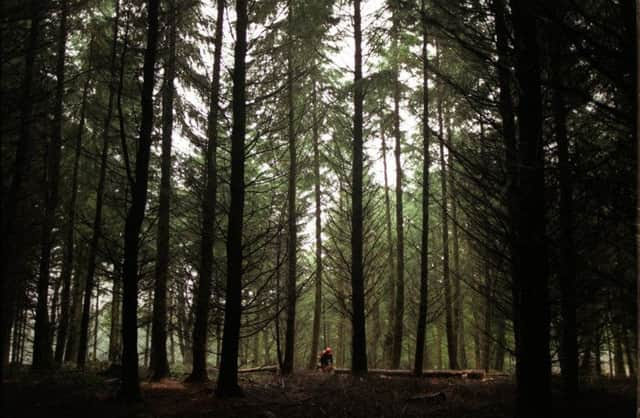Saving the planet begins at ground level


IT may be a little late to wish you all a happy New Year now, so instead I will wish you a Happy International Year of Soils (IYS). A Food and Agriculture Organization (FAO) initiative for the United Nations (UN), IYS has the goal of raising awareness of the importance of healthy soils for a healthy life.
Soil is the keystone of many ecosystems and the biodiversity they sustain. Soil influences plant life and ultimately the larger fauna – human and animal – which depend upon it. It stores and filters water, recycles nutrients and creates a barrier against floods. It provides the resource to build our homes and communities and plays a role in climate change adaptation.
Advertisement
Hide AdAdvertisement
Hide AdWendell Berry, the American novelist and environmentalist said: “Soil is the great connector of lives, the source and destination of all… Without proper care for it we can have no community, because without proper care for it we can have no life.”
Unfortunately, Wendell’s words of warning are rapidly becoming a reality. Massive soil degradation caused by poor land management and climate change can be seen everywhere, and Scotland is no exception. Since the end of the last ice age, climate change and agricultural development has led to the demise of the Scottish forest which previously covered around 80 per cent of the land. With it, species such as brown bear, lynx, red and arctic fox, reindeer and wolf have disappeared. By the mid-18th century, it is estimated that only 4 per cent of the country remained wooded, thanks to the beginning of large-scale sheep farming and clearances of woodland and people.
The Common Agricultural Policy (CAP) has rewarded aspects of farming and environmental activity to the detriment of our land quality. The lack of predators has failed to keep a rampant, tree-eating deer population in check and consequently, our soil is not as healthy as we need it to be in a sustainable Scotland.
Climate is a key factor in controlling natural soil formation. Changes in rainfall patterns and air temperature as a result of climate change are felt by the micro-organisms in the soil. How these organisms respond and adapt influence plant growth, the decomposition of organic matter, the ability to soak up pollutants and to reduce pollution in water courses. Climatic change could lead to more waterlogged and therefore degraded soils at a time when we need to consider using it for planting and harvesting.
There are some chinks of hope in this rather despondent picture though. The new CAP includes a “greening payment”, where farmers must support practices such as maintaining existing permanent grassland, diversifying crops and having ecological focus areas on agricultural land. The recent Scottish Beaver Trial (SBT) in Argyll has seen the animals change the ecology of their reintroduction habitat. And, if we were to consider the introduction of a predator such as the lynx, then we would see a marked change on the deer and thus the plant life – and soil – upon which they have such a negative effect at the moment.
What I am leading up to say is that as a conservation body, when we talk about species conservation, then we are really talking about is conservation of ecosystems – and this must include soil. So, what exactly is RZSS doing for soil this year?
Well, although the soil we have in the central Highlands is pretty poor from a mineral content perspective, this soil also provides good conditions for the growing of aspen, which is host to 14 specialist moth feeders and 14 rare saproxylic flies. The caterpillar of the dark bordered beauty moth and the aspen hoverfly depends on its dead wood.
Many of these species dependent on aspen find it difficult to disperse, especially where the network of aspen habitats have been so fragmented. However, efforts are now being made to secure their future by expanding existing areas and establishing new ones. RZSS-owned Highland Wildlife Park is proud to host a site for the cultivation of local native woody plants, in particular different aspen clones, on behalf of the Highland Aspen Group. These will be used for planting in the Cairngorms National Park and adjacent areas in years to come.
Advertisement
Hide AdAdvertisement
Hide AdAt Edinburgh Zoo, we have a designated Wildlife Garden that will start operation in spring. This will be an excellent place to engage visitors, especially children, with an understanding of soil and the impact it has on biodiversity. We will keep working at improving our land at both our sites through wildlife-friendly planting and cultivation practices, and we will continue to support the reintroduction of species which have a positive effect on the environment, such as the beaver.
There’s lots we can do for soil. Ultimately, it’s all about saving the earth.
• Chris West is chief executive of the Royal Zoological Society of Scotland, www.rzss.org.uk